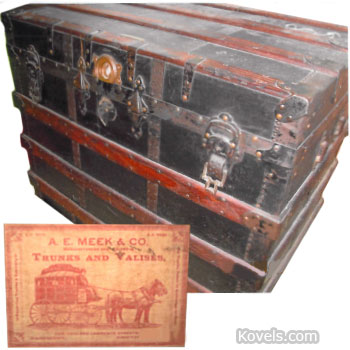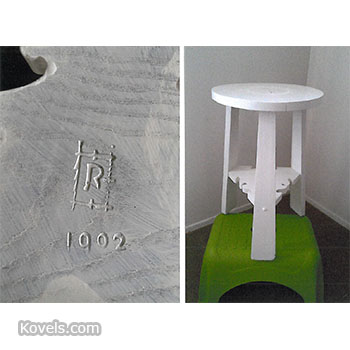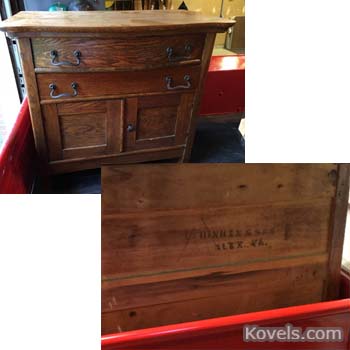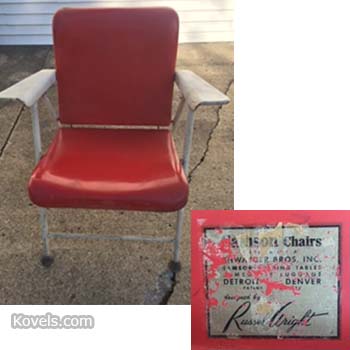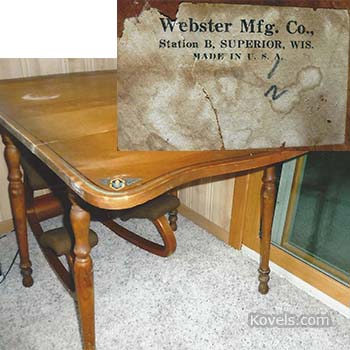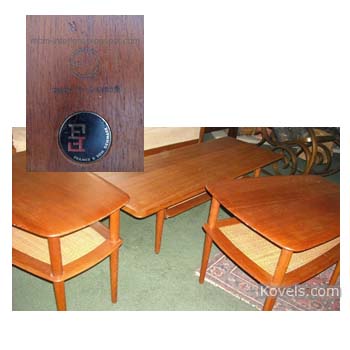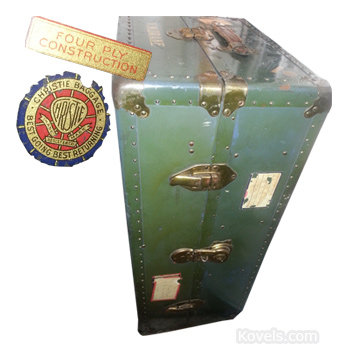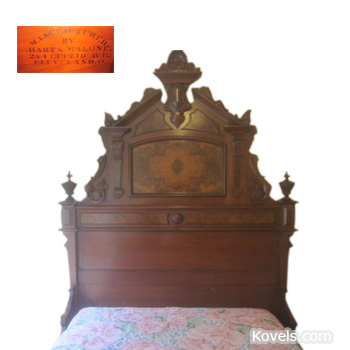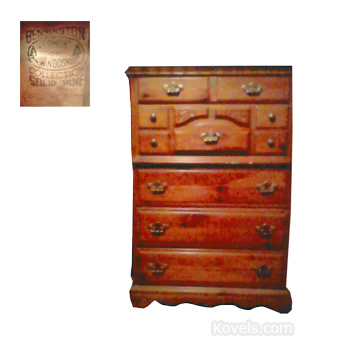Chair Identification
Q: I am looking for information on this chair. I recently inherited it from my mother. I used your identification guide, but I’m not clear if I am interpreting it correctly. What can you tell me from this mark?
A: This is an English registry mark. It was used on metal, wood, glass, and ceramics from 1842 to 1883 to indicate the design had been registered at the British patent office. The number in the circle at the top is the type of material (wood), the number below is the day of the month (24). The number on the left is the parcel number (5), the letter P is the year (1877), and the letter K is the month (November). It indicates the design was registered at the British patent office on November 24, 1877. You can find more information about English registry marks and tables for interpreting them are on our website, Kovels.com. The chair may have been part of a set of dining table chairs.

